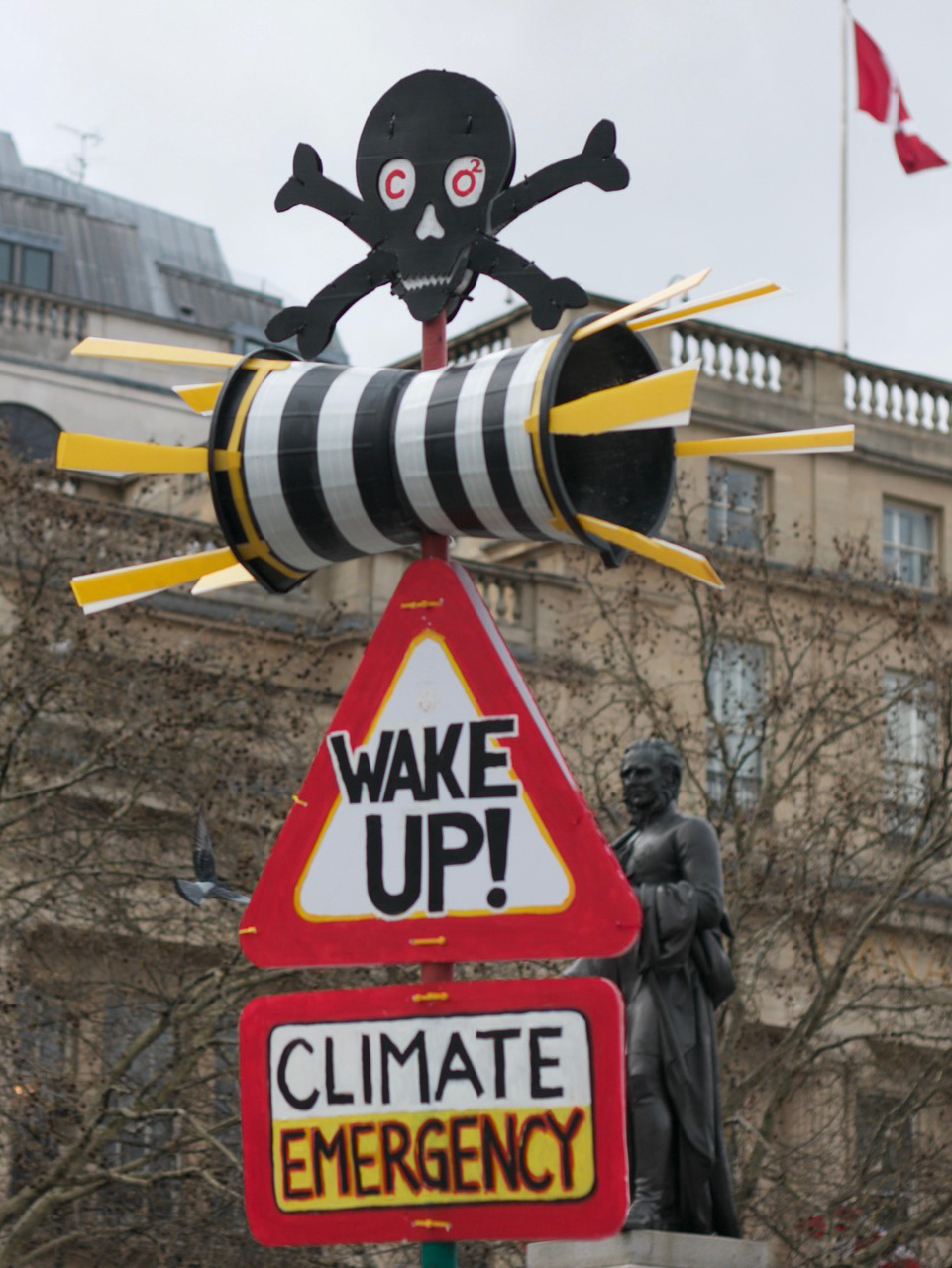December 16, 2020—Gabriola Sounder
A proposed project to identify and map sites within the Islands Trust Area that are culturally significant to First Nations is on the table for the 2021-22 budget year.
The financial planning committee reviewed a budget proposal at their Oct. 14 meeting to allocate $30,000 to a heritage overlay mapping project that would ultimately lead to developing model bylaws that would protect First Nations culture and heritage, including shell middens and ancestral loved ones, as well as island community sites.
“All throughout the Islands Trust Area, on the mainland and on Vancouver Island are significant archaeological sites, both known and unknown,” Lisa Wilcox, senior intergovernmental policy adviser, who would lead the project, said. “Some are just known to First Nations’ community members and their cultural knowledge holders. I think it’s really important for Islands Trust to understand the significance of the lands and the place that we all live and to ensure that we are preserving and protecting that into the future.”
Many coastal sites are threatened by rising sea levels, she added.
Wilcox is an Indigenous person whose mother was adopted away from her family by the Grey Nuns of St. Boniface in Winnipeg. Through the 19th and 20th centuries, the Catholic Grey Nuns ran several residential schools in Canada. Born in North Vancouver, Wilcox reconnected to community living on-reserve and received teachings from Coast Salish knowledge holders, hereditary chiefs and elders.
“I was gifted the name kwakwemtenaat,” she said. The mapping project is part of Wilcox’s work leading the Islands Trust’s reconciliation efforts, which are delineated in the Trust’s four-year reconciliation action plan that was passed in June 2019 following Trust Council’s passage of a reconciliation declaration. The action plan guides the implementation of articles of the United Nations Declaration on the Rights of Indigenous Peoples (UNDRIP), the Truth and Reconciliation Commission Calls to Action as well as the Islands Trust First Nations Engagement Policy and other principles. Both the TRC Calls to Action and UNDRIP both outline a reconciliation framework and articles to address heritage and culture, Wilcox said.
The mapping project would help the Islands Trust harness heritage conservation tools in the local government act, said David Marlor, director of local planning services. It “allows us to produce a heritage conservation area, which is very similar to a development permit area.”
Trust Council will review the project again in March 2021 as part of the 2021-22 budget approval process. The $30,000 covers hiring a consultant, outreach and support to First Nations and legal review. Work will involve working with the B.C. Archaeology Branch to identify areas as well as with First Nations in the Islands Trust Area to confirm and identify areas not in the branch’s database.
The Archaeology Branch has recorded over 50,000 sites in B.C., including ancient stone carvings, remains of ancient houses and campsites, shell middens and culturally modified trees.
Once sites are identified and logged, a key component will be to keep their locations secret to prevent any disturbance or looting.
If the model bylaws borne out of collaboration with partners are adopted by local trust committees, cultural heritages sites could be protected by the end of March 2023.
There’s a risk, however, that local trust committees would not adopt bylaws. Scott Colbourne, trustee for Gabriola, would like to see the project move swiftly.
“We’re talking about preserving and protecting the essence of what island communities are and the fact that Indigenous peoples and nations have been here since time immemorial. This is necessary work.”
Wilcox sees an appetite for projects like these.
“All across Canada, awareness and understanding of reconciliation and the role that local government, and all levels of government, has in that work is becoming more and more prominent,” she said. “The [Islands Trust] declaration and the reconciliation plan were all passed unanimously, so I think these are positive things and I think as understanding grows that people would understand why this is such important work for everyone to undertake.”
Published by Gabriola Sounder.
Cover image Timothy Tarasov via Unsplash






